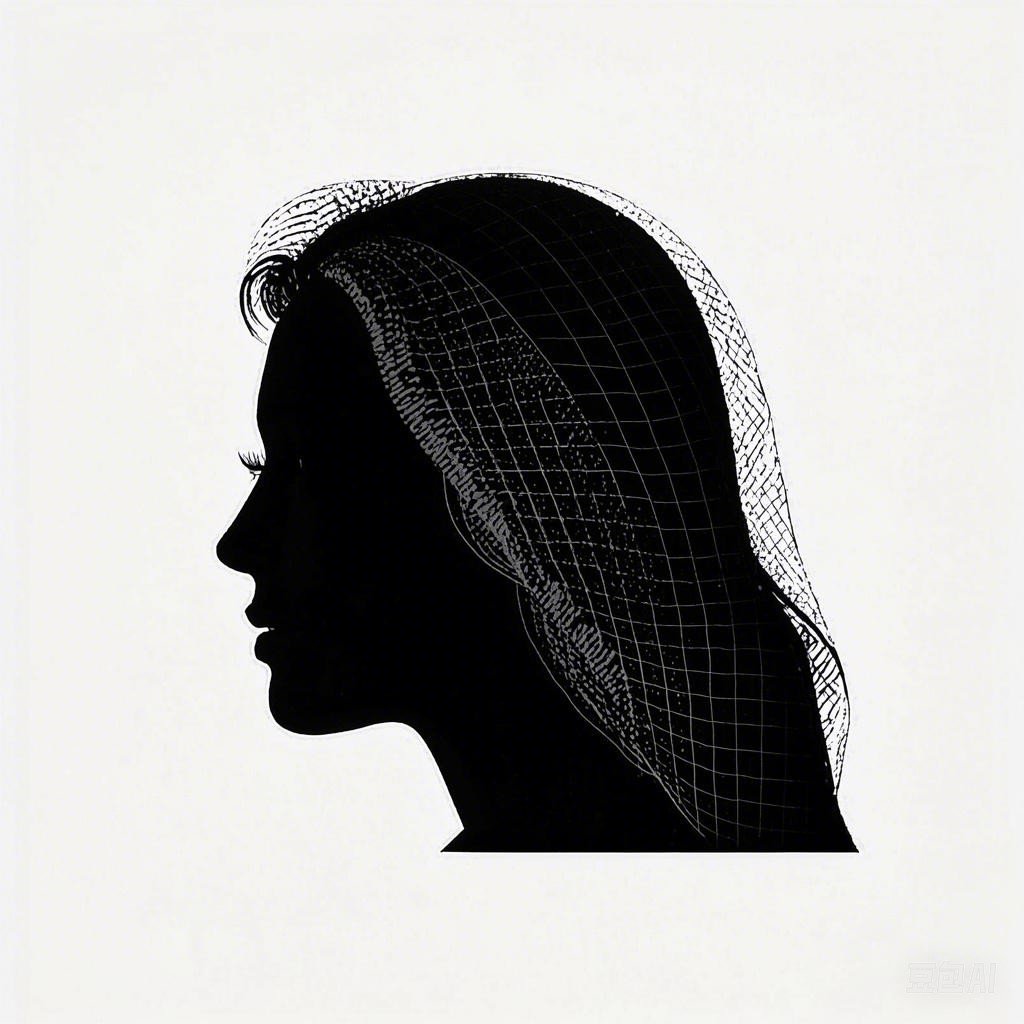Beauty has been a central theme in human culture throughout history. It transcends boundaries of culture, age, and gender, captivating the minds of people from all walks of life. This article delves into the various factors that contribute to our collective obsession with beauty, exploring psychological, sociological, and historical perspectives.
The Psychological Roots of Beauty Obsession
1. Evolutionary Perspective
One of the most compelling theories explaining our obsession with beauty is the evolutionary perspective. According to this view, humans are hardwired to be attracted to certain physical features because they indicate good health and genetic fitness. This attraction was crucial for the survival of our ancestors, as it ensured the passing on of their genes.
- Example: Women with symmetrical faces are often perceived as more attractive, which may be because symmetry is a sign of good health and developmental stability.
2. Cognitive Bias
Our perception of beauty is also influenced by cognitive biases. These biases lead us to overvalue certain features and undervalue others. For example, the “halo effect” causes us to perceive people with certain physical attributes as more intelligent, competent, and likable.
- Example: A study found that individuals with high social status are often perceived as more attractive, even when their physical appearance is average.
3. Social Comparison
Social comparison is another psychological factor contributing to our obsession with beauty. We compare ourselves to others, often leading to feelings of inadequacy and the desire to improve our own appearance.
- Example: The rise of social media platforms like Instagram, where users often showcase their best selves, has intensified social comparison and contributed to a heightened focus on beauty.
Sociological Aspects of Beauty
1. Cultural Norms
Cultural norms play a significant role in shaping our perceptions of beauty. Different cultures have unique standards of beauty, which are often dictated by historical, social, and political factors.
- Example: In many Western societies, a slender figure is considered beautiful, while in some East Asian cultures, a more rounded figure may be preferred.
2. Advertising and Media
The advertising and media industries have a powerful influence on our beauty standards. They use persuasive techniques to promote certain body types, skin tones, and facial features, leading to unrealistic expectations and dissatisfaction with one’s appearance.
- Example: Airbrushed photos in magazines can create an unrealistic standard for beauty, making it difficult for individuals to feel good about their own appearance.
3. Economic Factors
The beauty industry is a multi-billion-dollar industry that relies on our obsession with beauty. This economic incentive encourages companies to promote products that promise to enhance our appearance, further perpetuating the obsession.
Historical Perspectives on Beauty
1. Ancient Civilizations
Throughout history, different civilizations have placed varying degrees of emphasis on beauty. Ancient Egyptians, for example, were known for their elaborate makeup and hairstyles, while the ancient Greeks and Romans valued physical fitness and a well-proportioned body.
2. The Renaissance
The Renaissance period marked a shift towards a more humanistic view of beauty. Artists and thinkers began to celebrate the natural human form, leading to a greater emphasis on individuality and personal expression.
3. Modern Era
In the modern era, the concept of beauty has become increasingly diverse, reflecting the changing values and societal norms of the time. Today, we see a wide range of beauty standards, from the hyper-feminine to the androgynous, and from the natural to the exaggerated.
Conclusion
Our obsession with beauty is a complex phenomenon, influenced by psychological, sociological, and historical factors. Understanding these influences can help us develop a healthier and more balanced perspective on beauty, both for ourselves and for others. By recognizing the diverse ways in which beauty is defined and appreciated, we can celebrate our unique and varied forms of beauty.
